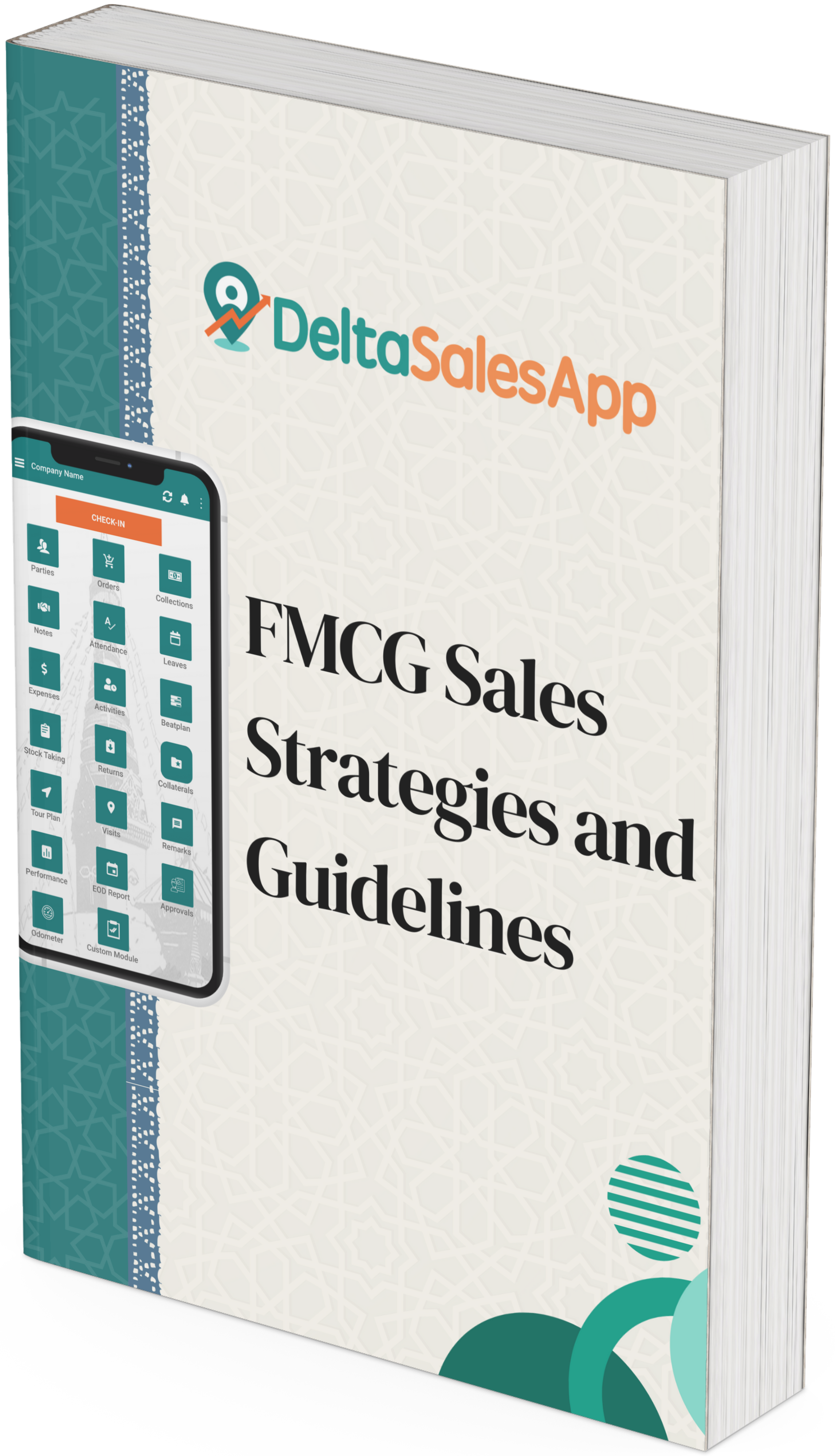Winning Rural Marketing Strategies For FMCG Success

Rural markets are an integral part of the growth and sustainability of FMCG companies. With the rapid growth of rural income levels, increased exposure to branded products, and improved infrastructure, rural areas are fast becoming one of the most attractive markets for FMCG companies. However, marketing and penetrating rural markets come with their own unique set of challenges.
In this comprehensive guide, we will walk you through key factors for FMCG companies to optimize rural marketing efforts, improve execution, and maximize sales.
Why Rural Markets are Crucial for FMCG?
Rural areas are no longer a secondary market for FMCG companies. In fact, rural sales contribute nearly 35-40% to the overall FMCG sector. In the past few years, rural consumers have shifted from being price-sensitive to becoming more aspirational. With rising income levels, urban exposure, and better access to media and information, rural consumers are eager to invest in branded products, creating vast opportunities for FMCG companies to capitalize on.
Despite the potential, rural markets pose a unique challenge because they are widely dispersed and fragmented. In the case of FMCG, where distribution and availability are critical, it becomes essential to employ a strategic approach that considers the uniqueness of rural consumption behavior.
What Defines Rural Markets?
Rural markets are generally defined by areas outside of urban centers, typically characterized by lower population densities, reliance on agriculture, and limited access to infrastructure and resources. The exact definition of rural markets can vary by country and region, but there are common characteristics across the globe.
Key characteristics of rural markets globally include:
Small Population Centers:
Rural markets are often made up of small towns or villages, which typically have populations of fewer than 5,000 people. While this threshold might vary depending on the country, the general trend is that rural areas have lower population density compared to urban centers.
Fragmentation:
Globally, rural markets are often fragmented, with a vast number of small settlements spread across large geographical areas. In many countries, these small towns and villages are dispersed and far from one another, making it difficult for businesses to reach them efficiently. The lack of centralization and infrastructure adds to this challenge.
Economic Focus on Agriculture:
In rural markets, agriculture is often the primary source of livelihood. The economic activity is typically less diversified than in urban markets, and people in rural areas often have lower disposable incomes. This can make it difficult for businesses to introduce premium products and may require tailored marketing strategies to cater to local needs.
Logistical Challenges:
Rural markets, both in developed and developing countries, pose significant logistical challenges for businesses. Poor transportation networks, limited road infrastructure, and the vast spread of rural areas create barriers for effective product distribution. In many regions, FMCG (Fast-Moving Consumer Goods) companies struggle to maintain consistent availability across scattered locations.
Technology and Communication Gap:
While technology adoption is increasing in rural areas, there is often a gap in access to digital platforms, information, and communication. This can make reaching rural consumers through traditional or digital channels more difficult.

Four Pillars of Rural Marketing Success: The "4 A’s"
To successfully penetrate rural markets, FMCG companies need to focus on four critical factors: availability, affordability, awareness, and acceptability.
1. Availability
One of the key challenges in rural marketing is ensuring product availability in remote and distant areas. Due to poor infrastructure, many rural areas remain underserved by FMCG brands. Achieving 100% availability in these regions is often not feasible, even for large FMCG players. This is where strategic distribution models, like the hub-and-spoke model, come into play.
Hub-and-Spoke Model:
In this distribution model, FMCG products are first stocked at a central hub in larger towns or regional warehouses. These hubs then distribute products to smaller outlets in nearby villages, ensuring products are available in rural areas.
Targeting Larger Villages First:
In rural markets, focusing on villages with populations of over 5,000 is a more effective way to start the penetration process. These areas are more likely to have better infrastructure, access to transportation, and consumer purchasing power. As companies expand, they can then focus on smaller, more remote villages with populations under 5,000.
The ultimate goal is to ensure that the distribution strategy is flexible and adaptable to local infrastructure limitations. Without effective distribution, even the best marketing campaigns can fail.
2. Affordability
Price sensitivity is one of the key aspects of rural consumption behavior. FMCG products sold in urban areas at premium prices may not be affordable for rural consumers. Therefore, offering affordable product options is crucial for success in rural markets.
Small Unit Packaging (LUPs):
One of the most effective ways to make FMCG products affordable for rural consumers is to offer smaller packs at lower price points. This could include sachets, small pouches, or small-size bottles. For example, shampoo, toothpaste, or detergent brands offer sachets that cater to lower-income consumers who cannot afford large packs.
Value for Money:
Rural consumers are highly conscious of whether the product provides good value for the money spent. FMCG brands must ensure that their products not only meet quality standards but also justify their cost to the consumer.
3. Awareness
Rural consumers may not be aware of the latest FMCG products or may have limited exposure to branded goods. Raising awareness in these areas requires a multi-channel approach, combining traditional and innovative methods.
Local Media and Activations:
While rural areas have increased access to television and mobile phones, brands must engage with consumers through community-based strategies. This could include local activations like product demonstrations, village fairs (melas), and interactive events.
Unique Campaigns:
Successful awareness campaigns, like Coca-Cola’s small bottle campaign, show that FMCG brands can engage with rural populations through creative means, such as using mobile vans, street plays, and magic shows to demonstrate products.
Leveraging Festivals:
Rural areas have numerous festivals throughout the year, and these serve as an excellent opportunity for brands to reach a larger audience. Brands can sponsor events or set up stalls at local festivals to directly engage with potential consumers.
4. Acceptability
For FMCG brands, getting rural consumers to accept and trust the product is crucial. Acceptance is determined by three core factors: value for money, local preferences, and aspirational appeal.
Value for Money:
Rural consumers are extremely conscious of whether the product provides them with value for their money. If a product fails to meet the consumer’s expectations of quality or value, it is unlikely to succeed in the long run.
Adapting to Local Preferences:
Rural areas are home to diverse regional cultures and tastes. FMCG companies must be mindful of these local differences in preferences, which could include variations in flavor, fragrance, and even packaging style. For example, in rural areas, spices, edible oils, or food packaging often need to align with local tastes and eating habits.
Aspirational Appeal:
The aspiration level of rural consumers is rising, as many are now exposed to urban living standards through media and migration. FMCG products must reflect an aspirational quality to resonate with these consumers. Products should align with their growing desires for quality and modern living while being culturally appropriate.
Overcoming Challenges in Rural Marketing
Rural marketing isn’t without its hurdles. Here are a few challenges businesses must be prepared for:
Infrastructure Limitations: Poor road connectivity, erratic electricity, and limited internet access can make distribution and marketing efforts more complex.
Seasonal Variability: Rural areas often face fluctuations in purchasing behavior based on seasons, festivals, and agricultural cycles. Businesses need to adapt to these seasonal shifts to maintain a steady stream of sales.
Logistical Costs: Reaching remote rural locations requires additional investment in transportation and storage, which can increase operational costs.
Conclusion: Rural Marketing—The Future of FMCG
Rural markets hold immense potential for FMCG growth, but success requires a strategic approach. By focusing on availability, affordability, awareness, and acceptability, companies can build strong foundations. Understanding local dynamics, flexible distribution, and consumer engagement are key to long-term brand loyalty. As rural populations become more connected, FMCG brands must innovate, leverage technology, and refine strategies to tap into this growing market effectively.









